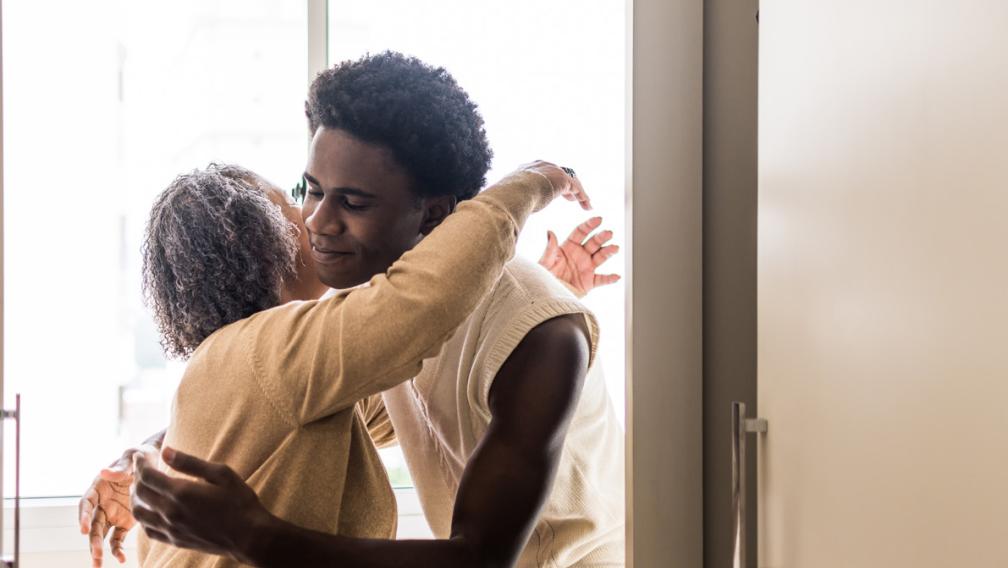Reducing the number of people in jail and protecting public safety are not contradictory. They are the twin goals of New York’s bail reform law.
A series of speakers emphasized that theme in a virtual convening co-sponsored by Trinity Church Wall Street.
“Has bail reform caused this increase in shootings that we've been seeing?” was a question during the question-and-answer session at the February 18th event.
New York State Assembly Member Latrice Walker gave a strong and simple answer: “No.”
“I believe we need to get the guns off our streets, but bail reform is not the reason for it,” said Walker, who lost her brother to gun violence.
Passed in 2019, the bail reform law provides for pre-trial release without monetary bail for most people charged with misdemeanors and non-violent felonies. The law also expands pre-trial supervision conditions and opportunities for pre-trial services for those individuals.
Linking an increase in crimes caused by gun violence to bail reform is one of the misconceptions speakers highlighted during the discussion, offering facts and statistics to support their position.
According to a report from the Vera Institute of Justice, prior to bail reform, of people released pretrial in New York City in 2019, close to 86 percent were not rearrested on any felony offenses within a year and more than 95 percent were not rearrested on violent felony charges.
After bail reform passed, those numbers remain largely unchanged. Statewide data recently released by the Office of Court Administration (OCA) shows that between June 2020 and July 2021, after bail reform went into effect, 87 percent of people released pre-trial statewide were not rearrested on any felony offenses, and more than 97 percent of people released were not rearrested on violent felony charges.
The event also focused on the benefits of bail reform.
After the law went into effect, local jail populations across the state dropped by 31 percent between 2019 and 2020 as people who otherwise would not have been able to afford cash bail returned to their families, their communities, and their jobs.
Fordham Law Professor Pfaff shared research and made the point that this is a benefit that must be considered in any analysis of the success of bail reform
Another key cost of incarceration mentioned by Professor Pfaff is the mental health of those detained. In 2019, the death by suicide rate in New York City jails was around 50 per 100,000 while the male suicide rate in the U.S., across all races, was 28 per 100,000.
“If you think our jails tend to confine people with a greater-than-average risk of death by suicide, this shows our jails are doing a terrible job of addressing that,” said Professor Pfaff.
The mental health conditions of people detained were further emphasized by Stanley Richards, former First Deputy Commissioner of Programs and Operations at the New York City Department of Correction, who was incarcerated on Rikers Island for more than two years in the 1980s.
“They will come back to the communities still having a mental health [issue] and mental illness that has not been addressed,” said Richards, “because we've addressed the behavior and not the issue.”
The Rev. Michael Bird, Vicar of Trinity Church Wall Street, opened the convening by reminding those participating that “while our focus today is on bail reform, we must also recognize that this issue is just one piece of a kaleidoscopic puzzle we need to assemble to advance racial justice in and for our communities.”
To learn more about the facts on bail reform, you can watch the video recording of this event and read this Bail Reform Explainer from the Vera Institute of Justice.
